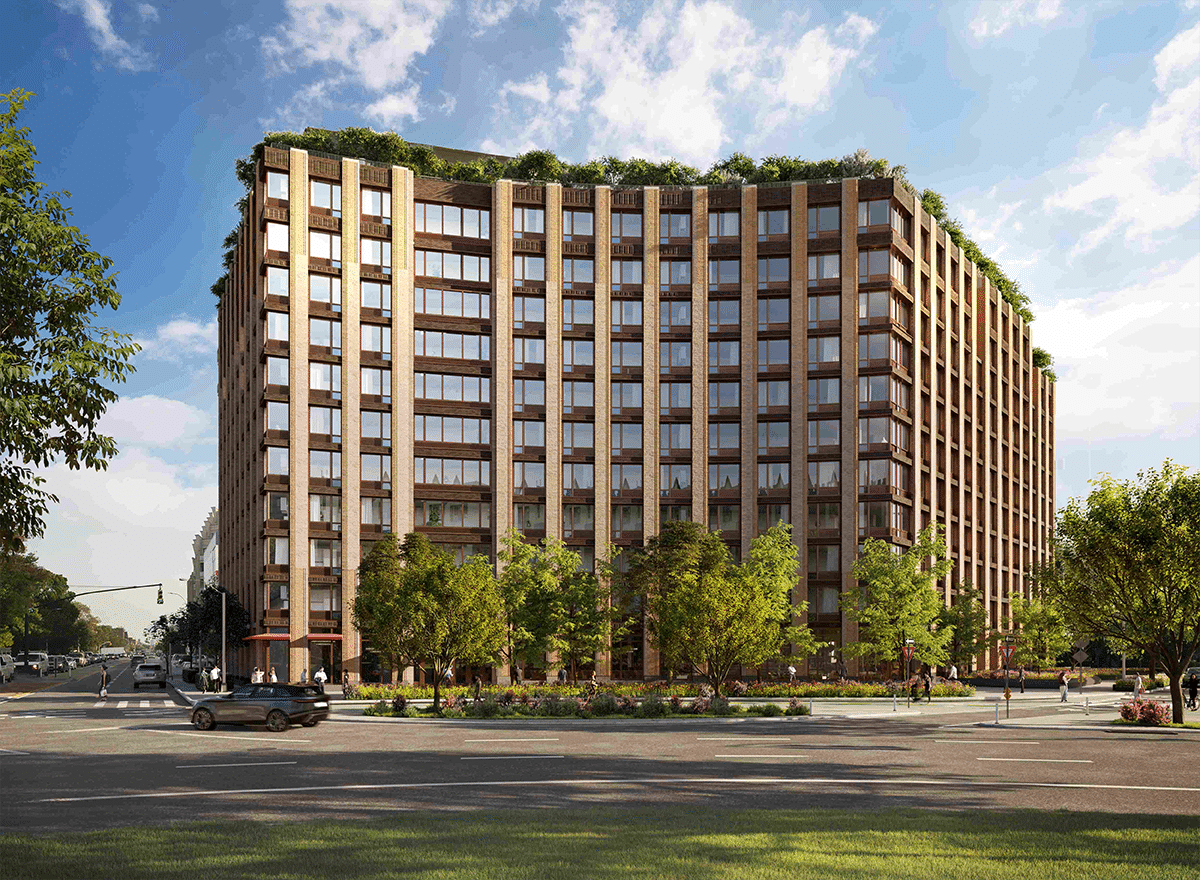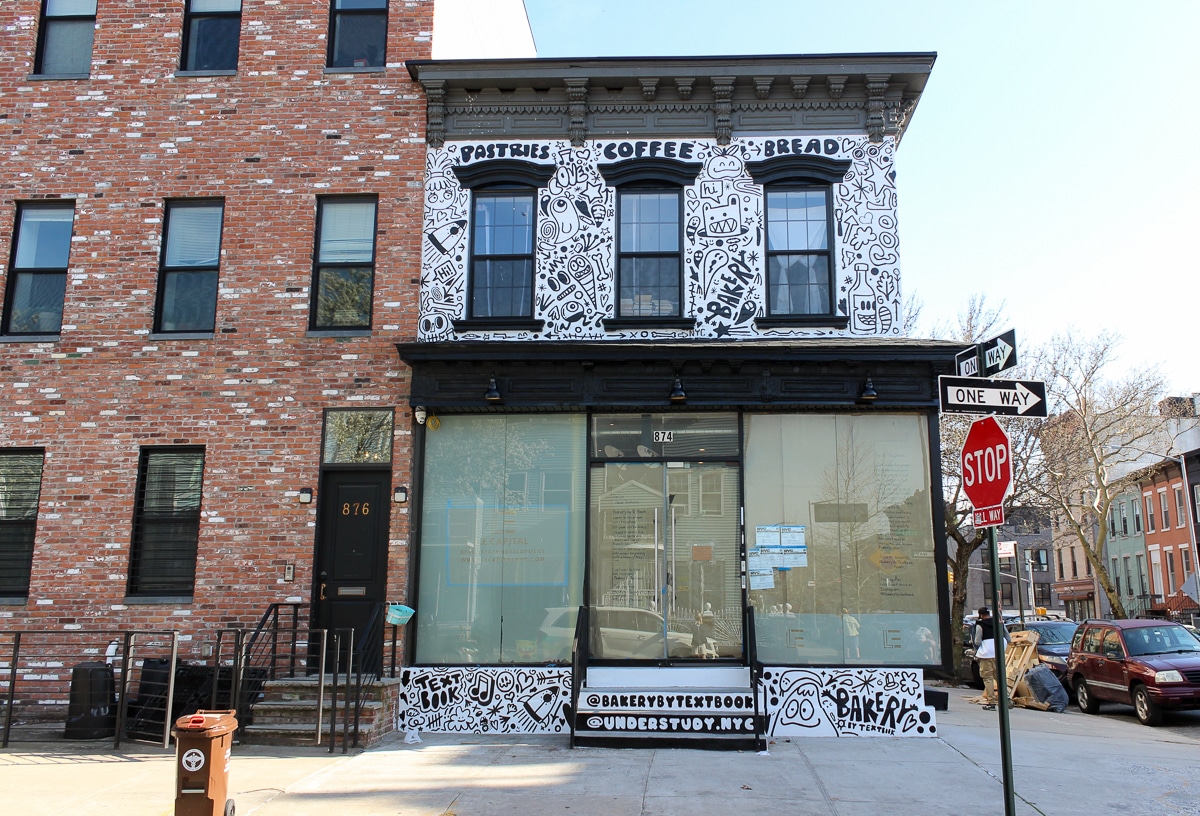Walkabout: The Brooklyn YMCA, Part 1
The Young Men’s Christian Association, or YMCA, was founded in London in 1844, as an organization where young men, mostly alone, friendless, and from the countryside, could meet for Bible study and prayer, and keep off the dangerous and tempting streets of the city. Its doors were open to young men of any social class,…

The Young Men’s Christian Association, or YMCA, was founded in London in 1844, as an organization where young men, mostly alone, friendless, and from the countryside, could meet for Bible study and prayer, and keep off the dangerous and tempting streets of the city.
Its doors were open to young men of any social class, something new to England’s rigid social class system. It was so successful that the first American chapter was founded in Boston in 1851, by a retired sea captain and missionary named Thomas Valentine Sullivan.
The first meeting of this home away from home for sailors and merchant marines was held at the Old North Church. The YMCA soon grew to hundreds of chapters across the United States.
The first Brooklyn chapter was founded in 1853, the same year, coincidentally, that the first African-American YMCA chapter was founded in Washington DC by Andrew Bowen, a freed slave.
The YMCA at that time was purely an evangelical organization, which met to do street preaching and spreading of the gospel, as well as Bible study, prayer meetings and fellowship. It was run by volunteers, and met in different meeting halls and churches.
By the dawn of the Civil War, the YMCA had chapters all over the country. When war broke out, some of the Northern Y’s banded together and sent out thousands of volunteers, including our own Walt Whitman. They distributed Bibles to the troops, beginning an organization-wide mission to the armed forces that continues to this day.
After the Civil War, the Y began to expand beyond spiritual needs, and began to concentrate on the needs of the whole person: the improvement of the spiritual, mental, social and physical condition of young men.
The organization realized that they needed their own buildings to run their programs, and could no longer rely on lecture halls or church rooms for their meetings.
Here in Brooklyn, the first YMCA building was located in Downtown Brooklyn, on Fulton Street, at Gallatin Place. Built in 1866, it had a lecture hall that seated 500, as well as a reading room, and recreation spaces.
It was well situated in the center of Brooklyn life. But by 1885, it was way too small, and a new YMCA was built further down the street, at 502 Fulton, between Livingston and Bond. This building held the first indoor swimming bath of any Y facility.
It was 45′ long, 15′ wide, and five feet deep. Although lauded for the innovation they were, the early pools were soon deemed a health hazard by doctors.
The pools were, in effect, enormous bathtubs, with no filtration or chlorination, and would be used until they were filthy, drained, cleaned, and then refilled with clean water, maybe once a week, to start the process again.
In addition to the pool, the Y also had other athletic programs. Many were based on the athletic programs of the Turn Verein, German fitness clubs, which flourished in Brooklyn and across the country.
By 1890, in Massachusetts, a phys ed instructor named James Naismith had invented a little game called basketball, which instantly became extremely popular. In 1891, another Y staffer named William Morgan thought that basketball was too strenuous for businessmen, and invented a game called mintonette.
By 1896, this game was called volleyball, and was added to the phys. ed programs of Y’s all over the country. Exercise, gymnastics, track, and other games were added.
Filtration systems were invented for swimming pools, and by the turn of the century, the Y’s swimming programs, including their goal to teach every kid to swim, were in cities and towns all over the world.
Since the late 1860’s the YMCA offered safe lodgings for young men coming into new cities and towns. Christian education and values were still the primary focus of the organization, and the Y could offer a safe haven from the vice and temptation that existed in the city.
The larger branches also offered dining rooms, library space, classrooms and educational programs, as well. The organization has always been open to people of different races and origins, establishing chapters for Asians and African Americans as far back as the mid 1800’s.
The specifically black branch of the Y opened in Brooklyn in 1902, at 405 Carlton Avenue, in Fort Greene. That building today is the Carlton Nursing Home.
Women were welcome at the Brooklyn Central Branch, and could participate in many of the different functions and lectures, and had separate physical education classes. By 1915, branches of the YMCA were all over Brooklyn, in every neighborhood.
In 1914, John D. Rockefeller gave the Brooklyn YMCA $150,000 towards their new Central Branch facility, which would be located on Hanson Place, between South Elliot and Fort Greene Place. The gift was contingent upon the Y being able to raise a total of over two million dollars for the project.
He also gave money to the Colored Carlton Avenue Y, as well as the Bedford, Eastern District, and other Y branches. This was added to the $500,000 donated by Mrs. William Rensselaer Smith, and another $100,000 donated by the Pratt family.
I believe the current NY State Office Building at 55 Hanson Place is the old Central Y building. Please correct me if I’m wrong on this. This building was quite state of the art, and was advertised as the largest YMCA in the world when it opened in 1915.
It remained a Y for at least half of the 20th century, before the building was sold. The Central branch moved around for another sixty years, before finally coming to rest in 2005 at the CourtHouse apartments, at Court and Atlantic Avenue. This facility is now called the Dodge YMCA, after a very generous donation by the Dodge family to start off this $12 million project.
The idea for this article was the discovery on Ebay, of historic photos of the Central Branch of the YMCA. The photos were labeled 1910, which would have put them in the Fulton and Bond St.branch.
Check out these pictures, as well as others on my Flickr page.
Next time: The Sands St. Y at the Navy Yard, the Bedford Y. and more historic YMCA buildings in Brooklyn.
[Photos by Suzanne Spellen]













this is all my impression and have no facts to back up—
but the YMCA ,
has survived in NYC and done well by appealing to more affluent group than they have traditionally done. Outside NYC – many have closed or are struggling because not yuppie enough for the suburban middle class – and therefore not able to deliver the services to the average citizens/communities of older cities.
Back in stone ages when I was kid, was one of the places for kids to go after school….cheap and affordable to those of lesser means. But everyone went.
Pete, it is a YWCA.
(atlantic and 3rd, i’m talking about)
that was(is) a YWCA on Atlantic, no?
Nice one, MM! Lots of kids I knew growing up learned to swim at the YMCA on Atlantic.
Very interesting MM. I did not know that the Y’s athletic programs were influenced by the Turn Verein clubs. Makes sense. The YMCA is an institution that has endured. The new Y that you mention on Court Street in Brooklyn Heights is very popular with people of all backgrounds.
quote:
where young men, mostly alone, friendless, and from the countryside, could meet for Bible study and prayer, and keep off the dangerous and tempting streets of the city
1.) that’s creepy and 2.) lol i always thought it was a place where old school homosexuals go to hastily and anonymously exchange body fluids.
*rob*
Pete- probably the “good stuff.” I found a Charles Stickley settle once upstate for 25$. I eventually gave it to one of my dearest friends. The arms had been repaired but it still had the original spring tied seat.
“an organization where young men, mostly alone, friendless, and from the countryside, could meet for Bible study and prayer, and keep off the dangerous and tempting streets of the city.”
Sounds like the Brownstoner Open Thread.